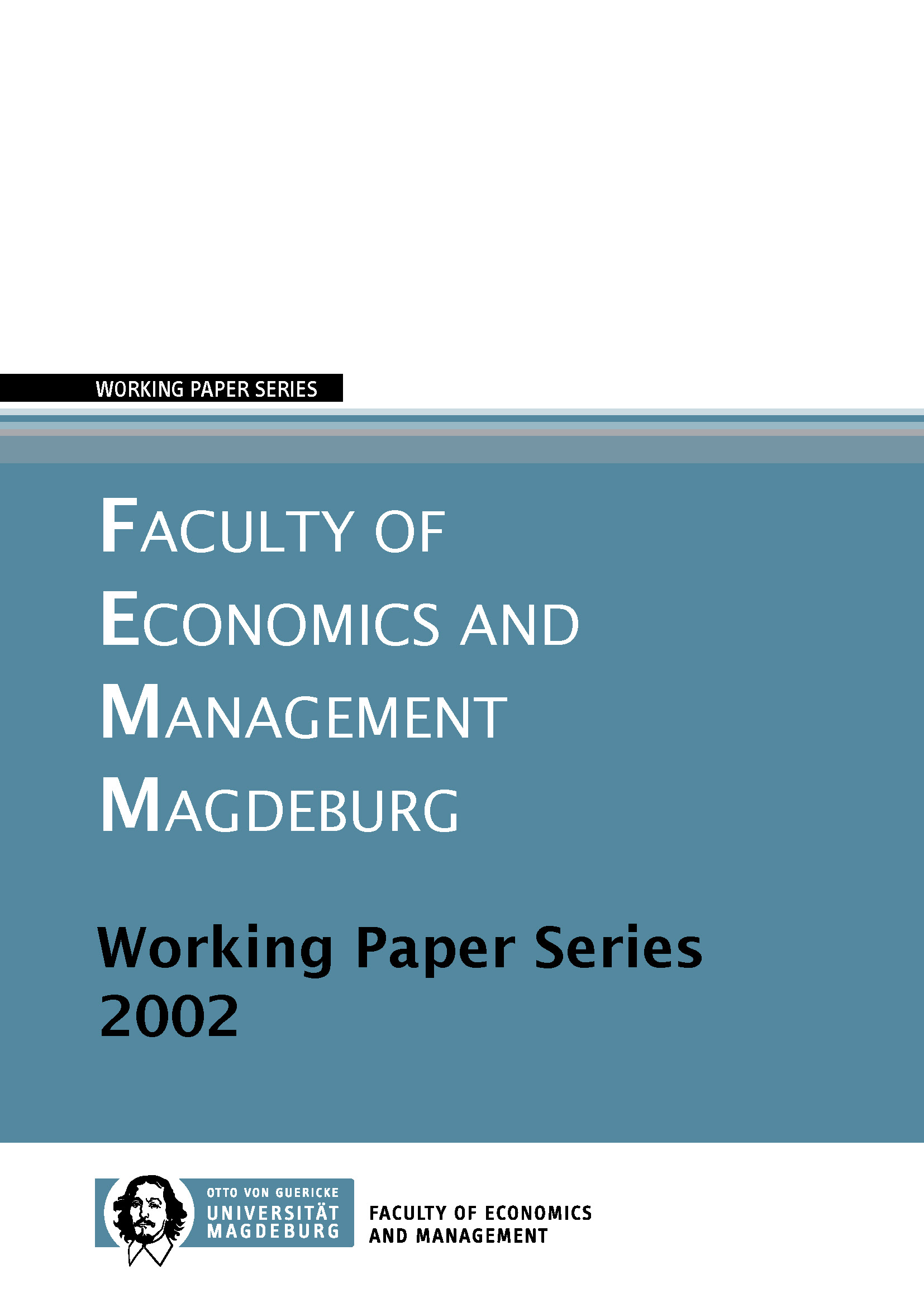The dead-anyway effect revis(it)ed
Schlagworte:
Value of life, expected utility, willingness to pay, insurance marketsAbstract
In the expected-utility theory of the monetary value of a statistical life, the so-called "dead-anyway" effect discovered by Pratt and Zeckhauser (1996) asserts that an individuals' willingness to pay (WTP) for small reduction in mortality risk increases with the initial level of risk. Their reasoning is based on differences in the marginal utility of wealth between the two states of nature: survival and death. However, this explanation is based on the absence of markets for contingent claims, i.e. annuities and life insurance. This paper reexamines the "dead-anyway" effect and establishes two main results: fist, for a risk-averse individual without a bequest motive, marginal WTP for survival does increase with the level of risk but when insurance markets are perfect, this occurs for a different reason than given by Pratt and Zeckhauser. Secondly, when the individual has a bequest motive and is endowed with a sufficient amount of human capital, the effect of initial risk on WTP for survival is reversed, i.e. the higher initial risk the lower the value of a statistical life.


